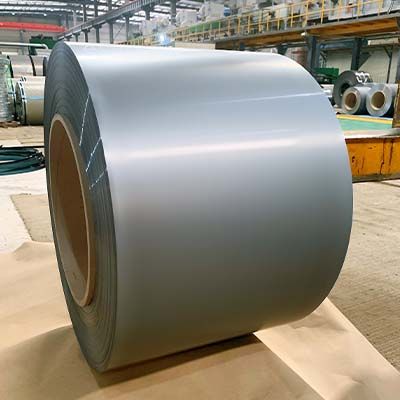In the realm of electrical engineering, the utilization of efficient materials is paramount. One such material that has revolutionized the industry is the silicon steel core. This article mainly discusses the silicon steel core, unveiling the powerhouse behind modern technology.
Silicon Steel Core: What Makes It Special?
A silicon steel core, also known as electrical steel or transformer steel, is a type of specialized steel specifically designed for use in electrical applications. Its unique properties make it an ideal choice for various electrical components.
The silicon steel core is primarily composed of iron and silicon, with small amounts of other elements like carbon and manganese. The addition of silicon plays a crucial role in enhancing the core's electrical and magnetic properties. During the manufacturing process, the steel is carefully alloyed to achieve the desired silicon content, typically ranging from 2% to 4.5%.
Magnetic Properties of Silicon Steel Core
Silicon steel core owes its magnetic characteristics to its unique grain structure. This structure, known as the grain-oriented or oriented grain, allows for improved magnetic performance. It enables the core to direct and channel magnetic flux efficiently, reducing energy losses during operation.
The grain-oriented structure is achieved through a process called annealing, where the steel is subjected to high temperatures and controlled cooling. This process aligns the crystal grains in a specific direction, resulting in the preferred magnetic path. As a result, silicon steel cores exhibit low hysteresis losses, high permeability, and excellent magnetic saturation.
Construction of Silicon Steel Core
To harness the full potential of silicon steel, it undergoes a meticulous construction process that involves lamination and insulation. This construction technique ensures optimal performance and mitigates eddy current losses, a phenomenon that can occur in solid metallic cores.
Lamination: The Key to Efficiency
Silicon steel cores are constructed by laminating thin sheets of the material, typically around 0.3 mm thick, into a stacked configuration. Each sheet is coated with an insulating varnish to create electrical isolation between them. This lamination process is crucial for reducing eddy current losses, as it restricts the flow of induced currents within the material.
The lamination pattern is carefully designed to minimize magnetic flux leakage and eddy current loops. By doing so, the core achieves higher magnetic efficiency, leading to improved overall performance.
Applications of Silicon Steel Core
Silicon steel cores find extensive use in a wide range of electrical devices and equipment due to their exceptional magnetic properties. Let's explore some of the key applications where silicon steel cores shine.
Transformers
Transformers, both large-scale and small-scale, rely on silicon steel cores to efficiently transfer electrical energy from one circuit to another. The low energy losses and high magnetic permeability of silicon steel make it the ideal material for transformer cores. Its usage ensures that the power transmission process remains highly efficient.
Inductors and Chokes
Inductors and chokes, commonly used in electronic circuits, rely on silicon steel cores to control the flow of current and manage electromagnetic interference (EMI). The unique magnetic properties of silicon steel ensure that inductors and chokes exhibit optimal inductance, reducing power losses and maintaining signal integrity.
Electric Motors
Electric motors are another domain where silicon steel cores play a vital role. The cores enable efficient energy conversion by minimizing hysteresis losses and eddy currents, resulting in motors that are both powerful and energy-efficient. Whether it's a small motor in a household appliance or a large industrial motor, silicon steel cores are the backbone of their efficient operation.
Magnetic Sensors
Silicon steel cores find applications in magnetic sensors, such as Hall effect sensors, that detect and measure magnetic fields. The excellent magnetic properties of the core enhance the sensitivity and accuracy of these sensors, making them indispensable in a variety of industries, including automotive, aerospace, and automation.
Conclusion
By reducing energy losses and enhancing efficiency, silicon steel cores contribute to the seamless functioning of our electrified world. Silicon steel cores stand as the backbone of modern electrical engineering, powering a vast array of devices and equipment - The silicon steel core silently empowers our modern lives.






